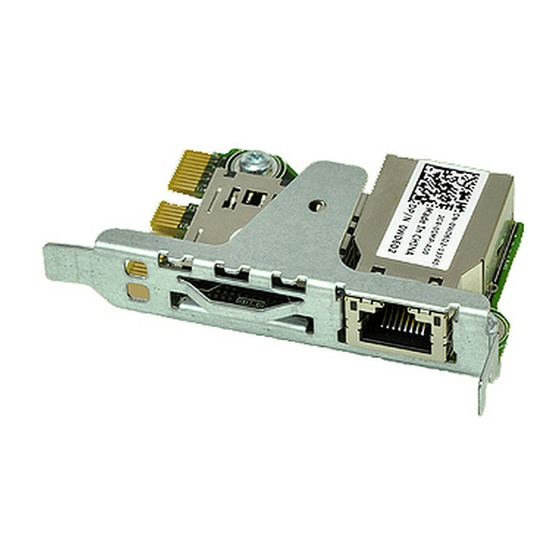
User Manuals: Dell iDRAC7 Remote Access Controller
Manuals and User Guides for Dell iDRAC7 Remote Access Controller. We have 1 Dell iDRAC7 Remote Access Controller manual available for free PDF download: User Manual
Dell iDRAC7 User Manual (252 pages)
Brand: Dell
|
Category: IP Access Controllers
|
Size: 7 MB
Table of Contents
-
1 Overview
15-
Key Features16
-
-
-
-
-
-
-
-
-
Filtering Alerts152
-
10 Managing Logs
161 -
-
Monitoring Power167
-
Power Capping168
-
-
-
-
-
16 Using SMCLP
209-
Using Show Verb213
-
Usage Examples213
-
-
-
-
Viewing Logs229
-
-
System Event Log235
-
Network Security235
-
Active Directory236
-
Single Sign-On238
-
Smart Card Login239
-
Virtual Console239
-
Virtual Media242
-
Vflash SD Card244
-
Storage Devices245
-
Racadm245
-
Miscellaneous246
-
-
Advertisement
Advertisement
